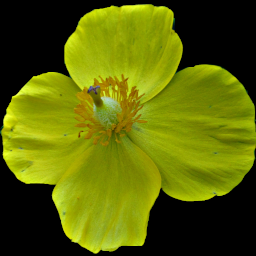
Now Symphyotrichum pilosum. Covered with white flowers, this aster looks as though it might have been touched with hoarfrost; it also blooms well past the first frost, giving us at least two possible derivations of its common name. Also called Heath Aster. It blooms everywhere in Pittsburgh; these were found by a fence in Beechview.
Asters are hard even for botanists to sort out. Gray and Britton & Brown give this as Aster ericoides var. pilosus; Britton & Brown note that “This species apparently hybridizes with A. paniculatus Lam. where the two grow together.”
Here is Gray’s complete listing for A. ericoides: A. ericoides L. Smooth, 3-9 dm. high; the simple branchlets or peduncles racemose along the upper side of the wand-like spreading branches; lowest leaves oblong-spatulate, sometimes toothed ; the others linear-lanceolate or linear-awl-shaped; heads 6 mm. high or less; involucre hemispheric or campanulate; bracts often nearly equal, with attentuate or awl-shaped green tips. Dry open places, N. E. to Ont. , Minn., and southw. Aug.-Oct.
Var. villosus T. & G. Similar, but the stem and generally the narrow leaves villous-hirsute. (Var. pilosus Porter.) Same range.
Var. pringlei Gray. A low slender northern form, with few erect branches and rather small scattered mostly solitary heads. (A. Pringlei Britton.) Me. to Ont., s. to Mass, and Wisc.
Var. platyphyllus T. & G. Stout; stem and branches densely white-villous ; leaves lanceolate or oblong-lanceolate, mostly pubescent ; heads as in the typical form, but larger. O. to Mich., Ill., and southw.





